Resined Granite
sail_away
16 years ago
Featured Answer
Sort by:Oldest
Comments (18)
logic
16 years agoglad
16 years agoRelated Professionals
Bethpage Kitchen & Bathroom Designers · Ridgefield Kitchen & Bathroom Designers · Saint Peters Kitchen & Bathroom Designers · Wentzville Kitchen & Bathroom Designers · Holden Kitchen & Bathroom Remodelers · Apex Kitchen & Bathroom Remodelers · Clovis Kitchen & Bathroom Remodelers · Walnut Creek Kitchen & Bathroom Remodelers · Middlesex Kitchen & Bathroom Remodelers · Gibsonton Kitchen & Bathroom Remodelers · Hawthorne Kitchen & Bathroom Remodelers · Tabernacle Cabinets & Cabinetry · Niceville Tile and Stone Contractors · Rancho Cordova Tile and Stone Contractors · Mililani Town Design-Build Firmspaulines
16 years ago3katz4me
16 years agosail_away
16 years agoalku05
16 years agoweedyacres
16 years agosoldhomes
16 years agoronald2
16 years agosoldhomes
16 years agovrjames
16 years agomysterymachine
16 years agojennyjonesluvs2shop
16 years agotexasdude
9 years agoGranite City Services
9 years agotexasdude
9 years agoJoseph Corlett, LLC
9 years ago
Related Stories
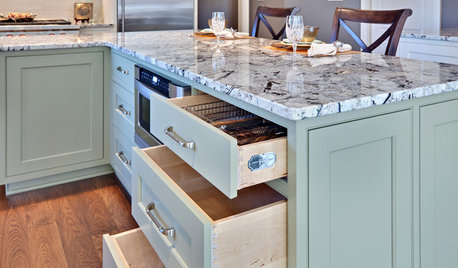
KITCHEN DESIGNWhat Goes With Granite Counters?
Coordinate your kitchen finishes beautifully by choosing colors that complement granite’s natural tones
Full Story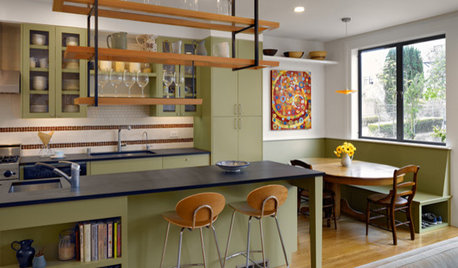
KITCHEN DESIGNAlternatives to Granite Countertops, Part III
9 more reasons to rethink the granite kitchen counter
Full Story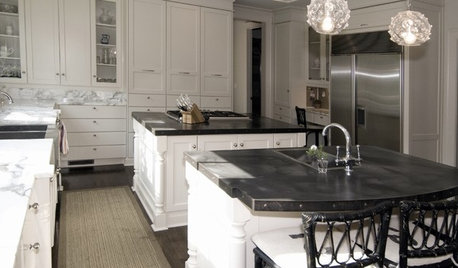
KITCHEN COUNTERTOPSKitchen Countertop Materials: 5 More Great Alternatives to Granite
Get a delightfully different look for your kitchen counters with lesser-known materials for a wide range of budgets
Full Story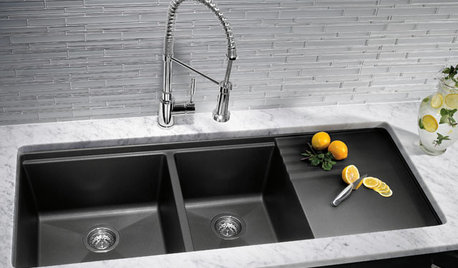
KITCHEN DESIGNKitchen Sinks: Granite Composite Offers Superior Durability
It beats out quartz composite for strength and scratch resistance. Could this kitchen sink material be right for you?
Full Story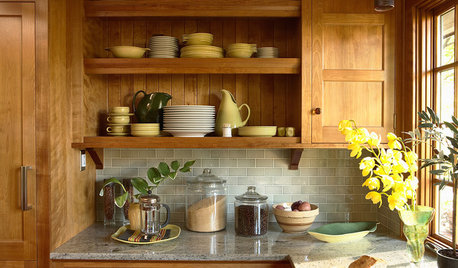
KITCHEN BACKSPLASHESHow to Choose a Backsplash for Your Granite Counters
If you’ve fallen for a gorgeous slab, pair it with a backsplash material that will show it at its best
Full Story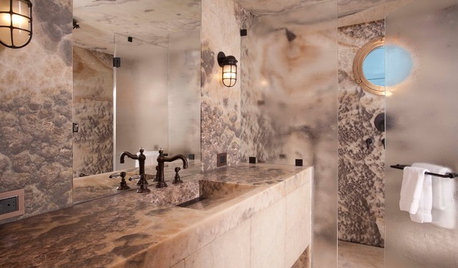
STONEGive In to Your Wild Side With Exotic Granite and Onyx
Go beyond the standard slab with these radiant and rare stones
Full Story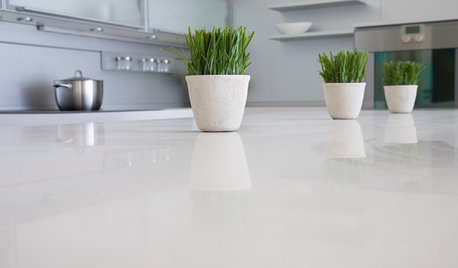
KITCHEN DESIGNKitchen Counters: Stunning, Easy-Care Engineered Quartz
There's a lot to like about this durable blend of quartz and resin for kitchen countertops, and the downsides are minimal
Full Story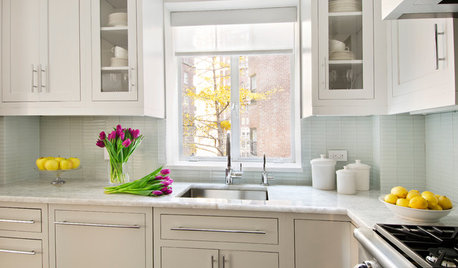
KITCHEN COUNTERTOPSKitchen Counters: Quartzite Offers Strength and Beauty
Eye-catching patterns and a natural pedigree make durable quartzite a popular alternative to granite and marble
Full Story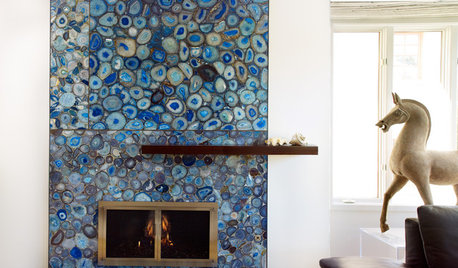
STONEWant a Gem of a Surface Material? Luxury Agate's a Dazzler
Turn heads with amazing accent walls and countertops made from this splendid kaleidoscopic stone
Full Story






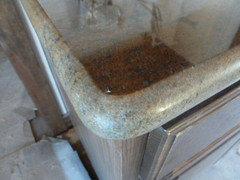
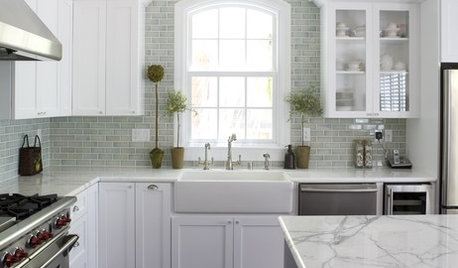
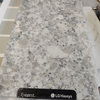
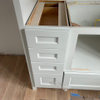
sail_awayOriginal Author